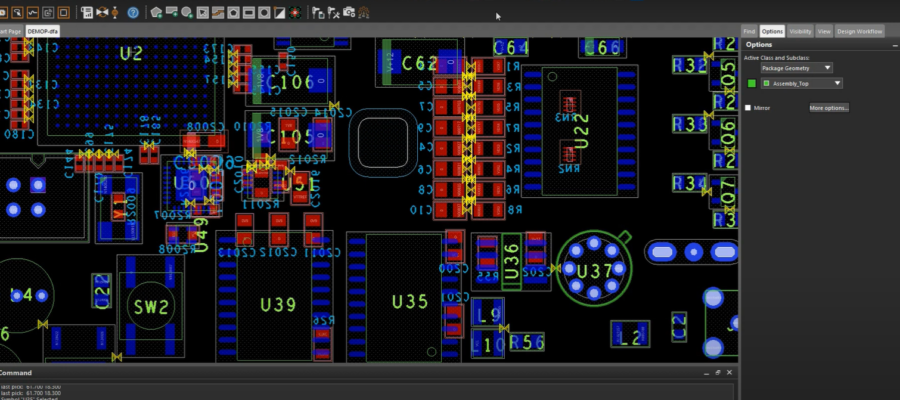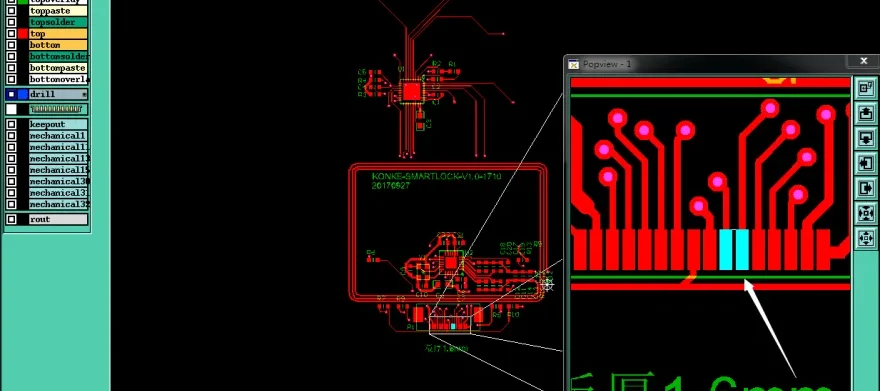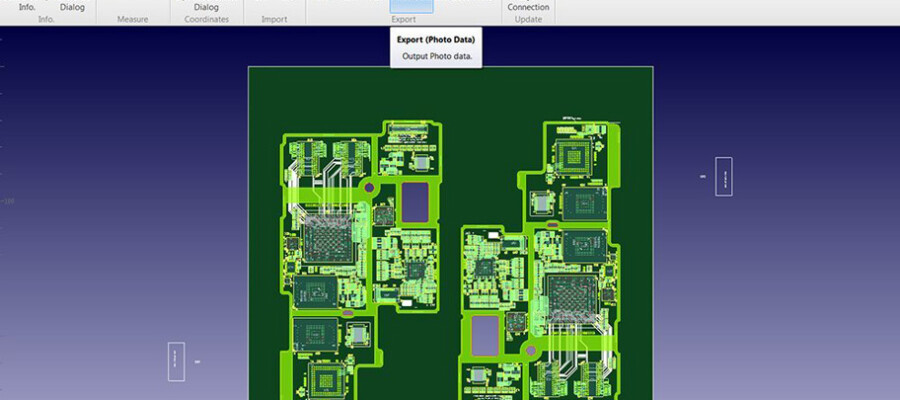DFA
Enhancing Manufacturability and Testability
At OmCAD, we incorporate Design for Assembly (DFA) and Design for Testability (DFT) to ensure that every PCB is not only high-performing but also easy to assemble and thoroughly testable—critical factors for production success and long-term reliability.
Why DFA & DFT Matter
- DFA ensures that the PCB design is optimized for smooth, error-free assembly. Poor component placement, inaccessible pads, or incorrect footprints can lead to costly rework and yield issues.
- DFT focuses on simplifying how the PCB can be tested after production. Without proper test access and strategy, identifying faults becomes time-consuming, expensive, and sometimes impossible.
These methodologies reduce time-to-market, lower production costs, and improve product quality by addressing issues before they reach manufacturing or testing.
How We Do It at OmCAD
- DFA Implementation
- Check for proper spacing between components and mechanical clearances
- Optimize orientation and accessibility for pick-and-place machines
- Ensure correct footprint standards and solderability
- Analyse thermal relief and via locations for efficient soldering
- DFT Implementation
- Include test points and boundary scan support (JTAG, ICT)
- Ensure accessibility for in-circuit and functional testing
- Validate signal paths for voltage/current test coverage
- Simulate fault models and analyse test coverage percentages
By embedding DFA and DFT checks early in the design cycle using industry tools and IPC guidelines, OmCAD helps clients avoid late-stage surprises and ensures a smooth transition from design to manufacturing and testing.




